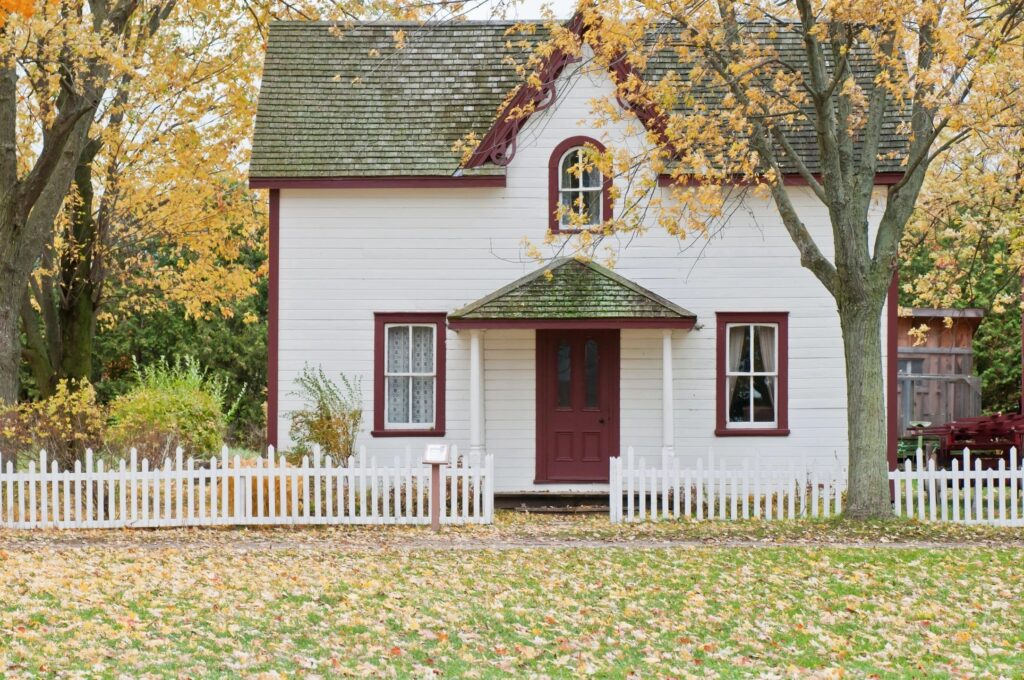
When it comes to real estate, there must be a meeting of the numbers for a property sale to take place. The value a buyer puts on a property can vastly differ from the value a seller or lender places upon it. The seller, the buyer and the lender must find an agreeable value to attach to a property so the sale can take place. This can be accomplished only when the market value and the appraised value are as close to each other as possible, within reason.
Market Value
The market value is the amount potential buyers are willing to pay for property. A seller can set an asking price, but that amount may not be in total agreement with what buyers are willing to pay. The difference between an asking price and the market value is largely out of the seller’s control. For example, one person can view a property, determine it is exactly what they are looking for and worth the asking price to them, whereas another person could look at the same property and feel the asking price is too high for them.
Appraised Value
When a potential buyer goes to a lender to get a mortgage loan for property, the lender will take several factors into consideration when determining the property’s value. The property’s neighborhood, the value of comparable properties of similar size and construction, even such things as the type of fixtures on the property and layout of the parking lot are considered when determining the appraised value of a property. This is the value on which a lender will determine whether to proceed with the mortgage.
Differences in Determination
The market value of a property is the amount a buyer is willing to pay, not the value placed on the property by the seller. For example, a seller might list a property for $350,000, but if buyers are only willing to pay $300,000, then the market value is $300,000. However, if a property listed at $350,000 has several buyers interested, the market value can meet or exceed the listed price. Appraised value is the value the buyer’s bank or mortgage company places on the property.
